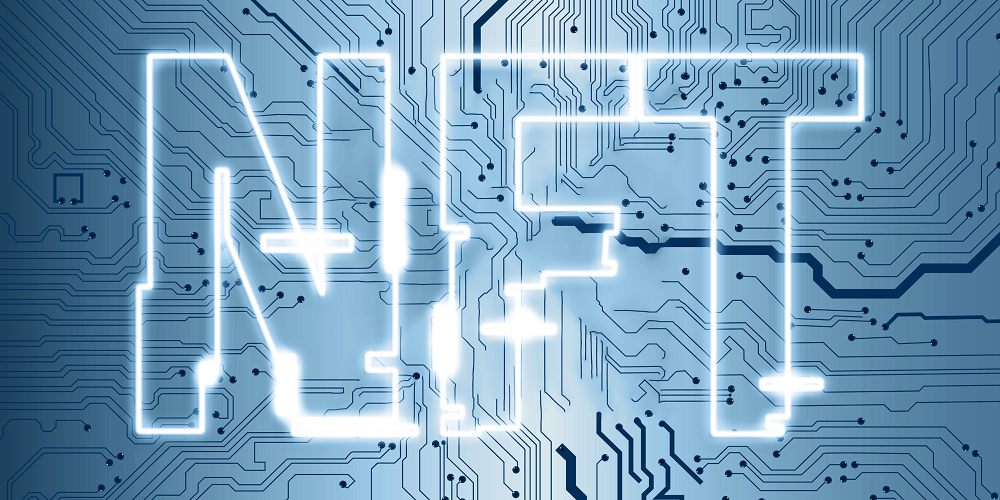Programmable NFTs, also known as smart contract NFTs, bring several advantages to users. They allow for the creation of NFTs with built-in functionality, such as the ability to be traded automatically based on certain conditions, the ability to share revenue with other users, or the ability to access certain digital content or experiences. This added functionality can create new use cases and business models for NFTs, and can also make them more valuable to users. Additionally, programmable NFTs can provide increased transparency and trust, as their behavior is determined by the code of the smart contract rather than by a central authority.
Program Your NFTs’ and how it works?
Programming NFTs involves creating a smart contract on a blockchain platform, such as Ethereum, that defines the behavior and functionality of the NFT. The smart contract serves as a digital agreement that automatically executes certain actions based on pre-defined conditions.
Here’s an example of how programming an NFT might work:
First, a developer writes the code for a smart contract using a programming language such as Solidity (which is used for Ethereum).
Next, the developer deploys the smart contract to the Ethereum blockchain by submitting it to the network and paying a small fee in Ether.
The smart contract is now live on the blockchain and can be interacted with by other users.
The developer can then create unique instances of the NFT by minting them, which involves calling a function on the smart contract and passing in the required data, such as a unique token ID and metadata.
Once the NFTs are minted, they can be traded or used in other ways, such as granting access to digital content or experiences, based on the functionality defined in the smart contract.
It’s worth noting that programming NFTs require some knowledge of smart contract programming, and also the gas fee for transactions.
What advantage do programmable NFTs bring to users?
Programmable NFTs bring several advantages to users, including:
Flexibility: Smart contract NFTs can be programmed to have built-in functionality such as the ability to be traded automatically based on certain conditions, the ability to share revenue with other users, or the ability to access certain digital content or experiences. This added functionality can create new use cases and business models for NFTs, making them more valuable to users.
Transparency: Smart contract NFTs behavior is determined by code that is publicly visible on the blockchain, which can increase transparency and trust compared to traditional NFTs.
Security: Smart contract NFTs are stored on a decentralized blockchain network, which makes them less susceptible to fraud or hacking than traditional NFTs stored on centralized servers.
Automation: Smart contract NFTs can automate certain actions, such as the transfer of ownership or the distribution of royalties, which can save time and reduce the risk of errors.
Interoperability: Smart contract NFTs can interact with other smart contracts and decentralized platforms, allowing them to be used in a wide range of applications and ecosystems.
It’s worth noting that programmable NFTs are still a new and evolving technology, and the advantages and use cases may change over time.
The Future of NFTs?
The future of NFTs is difficult to predict with certainty, but there are several potential developments that could shape the evolution of this technology:
Wider Adoption: NFTs have been primarily used in the digital art and collectibles space, but they have potential applications in a wide range of industries such as gaming, real estate, music, and more. As more people and businesses become aware of the potential benefits of NFTs, their use could expand to new areas.
Increased Interoperability: NFTs currently exist on different blockchain platforms, and it’s still difficult for them to be transferred from one blockchain to another. In the future, there could be more interoperability among different blockchain platforms, which would enable NFTs to be used across a wider range of ecosystems.
More Complex NFTs: Programmable NFTs have opened the door to more complex use cases, such as NFTs that represent fractional ownership in real-world assets or NFTs that can change over time based on external factors.
Better User Experience: The current user experience for buying, selling, and managing NFTs can be challenging for non-technical users. In the future, there could be more user-friendly interfaces and tools that make it easier for people to participate in the NFT market.
Regulation: As the NFT market continues to grow, it’s likely that governments and regulatory bodies will start to pay more attention to it. This could result in new laws and regulations that could impact the way NFTs are created, traded, and used.
It’s worth noting that as with any emerging technology, there will be also challenges and roadblocks that might need to be overcome before reaching a wide-spread adoption.
